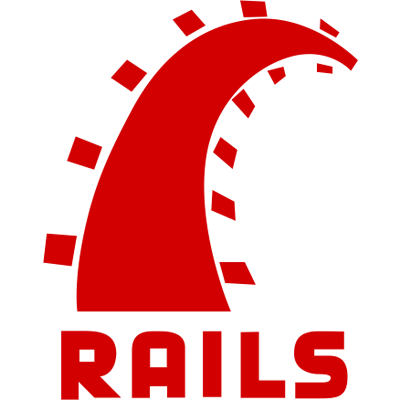Outline
Now that we understand the basics of Angular templates, controllers, and services, we're going to start diving into some of the concepts that make client side web applications so dynamic and powerful. To do this, we're going to need to learn how to deal with multiple views and controllers, which we will accomplish using the wonderful ui-router library.
index.html:
<script src="//cdnjs.cloudflare.com/ajax/libs/angular-ui-router/0.2.10/angular-ui-router.js"></script>
angular.module('flapperNews', ['ui.router'])
You may be wondering why we have chosen to use ui-router instead of the more
standard ngRoute module - ui-router is newer and provides more
flexibility and features than ngRoute. We will be using a few of these in
this tutorial.
Adding a New State
Now that we have ui-router included, we need to configure it. In our
app.js, we're going to use the Angular config() function to setup a
home state.
otherwise() to redirect unspecified routes.
angular.module('flapperNews', ['ui.router'])
.config([
'$stateProvider',
'$urlRouterProvider',
function($stateProvider, $urlRouterProvider) {
$stateProvider
.state('home', {
url: '/home',
templateUrl: '/home.html',
controller: 'MainCtrl'
});
$urlRouterProvider.otherwise('home');
}])
Here we set up our home route. You'll notice that the state is give a name
('home'), URL ('/home'), and template URL ('/home.html'). We've also told
Angular that our new state should be controller by MainCtrl. Finally, using
the otherwise()
method we've specified what should happen if the app receives a URL that
is not defined. All that's left to do is define the home.html template. Instead
of creating a new file, we are going to move most of our HTML into an
inline template.
</body> tag in index.html:
<script type="text/ng-template" id="/home.html">
<div class="page-header">
<h1>Flapper News</h1>
</div>
<!-- rest of template -->
</script>
Using this syntax we can create templates inside our HTML and reference them in JavaScript.
Finally, we need to tell ui-router where to place the template of the active
state.
<ui-view> tag where template should be rendered:
<body ng-app="flapperNews">
<div class="row">
<div class="col-md-6 col-md-offset-3">
<ui-view></ui-view>
</div>
</div>
Whenever ui-router detects a route change, it will place the new state's
template inside the ui-view
tag and initialize the controller we specified in our state configuration.
Notice how we have removed the ng-controller="MainCtrl" line from
the opening <body> tag.

